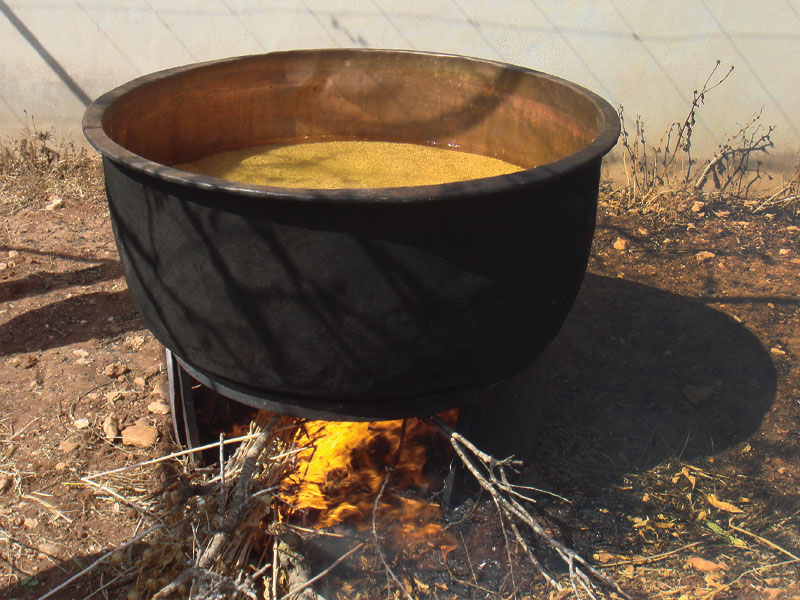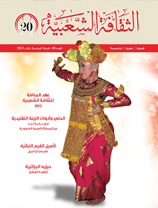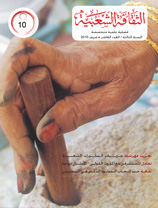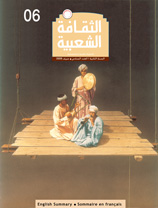Traditional food production in my village
Issue 16

Mariam Beshish (Syria)
East Dumaina is a village in the rural province about 20kms from Homs. According to the mayor, the village’s population was 722 in 1961; in 2006, the village had a population of about 2,702 people. The population of the village is currently increasing at a rate of less than 1%.
There is limited information about the village’s history, but Naim Al Zahrawi mentioned that East Dumaina was among the villages that received Catholic missions beginning in the seventeenth century. This suggests that the village existed at least 200 years ago; a fact that is corroborated orally by the village elders, who estimate that our village is no more than 200 years old.
Like most villages in the area, East Dumaina was known for growing wheat, barley and other grains including lentils and cumin. The inhabitants used to raise sheep, goats, chickens and other birds. They also grow grapes and almond trees. Wheat, animal products and grapes have always been the village’s staple foods.
Preserved by few initiatives, our heritage is undeniably threatened by the negligence of its people, especially the young, who are obsessed with modern life and who view heritage as a hindrance to progress.
In our time - a time of sudden and rapid changes - there is a need for practical measures, not just theories and discussions about the need to preserve and record heritage. Why not introduce an initiative to produce and market traditional foods as organic food products with an authenticated certificate of origin, a description of the methods of production, and information about the area and its history? In addition to providing a source of revenue, projects such as the aforementioned have ecological and ethical benefits. This project would require a skilled or trainable workforce and organic agricultural materials and there would be no need for heavy equipment or environmentally damaging factories.
Such projects create job opportunities, generate revenue, encourage the production of traditional products, produce healthy food and encourage organic agriculture. The writer emphasizes that any initiative designed to preserve heritage must include a sustainable scientific effort to record and document all types of heritage; this would be the responsibility of the educated and of anyone interested in heritage. It is important to work to protect heritage, but recording and documentation are essential because contemporary life is but a continuation of our past. A comprehensive archive of our heritage, which includes contributions from a majority of the people, would be invaluable for future heritage projects and future research. We are battling against time and we must act before it is too late.




































































